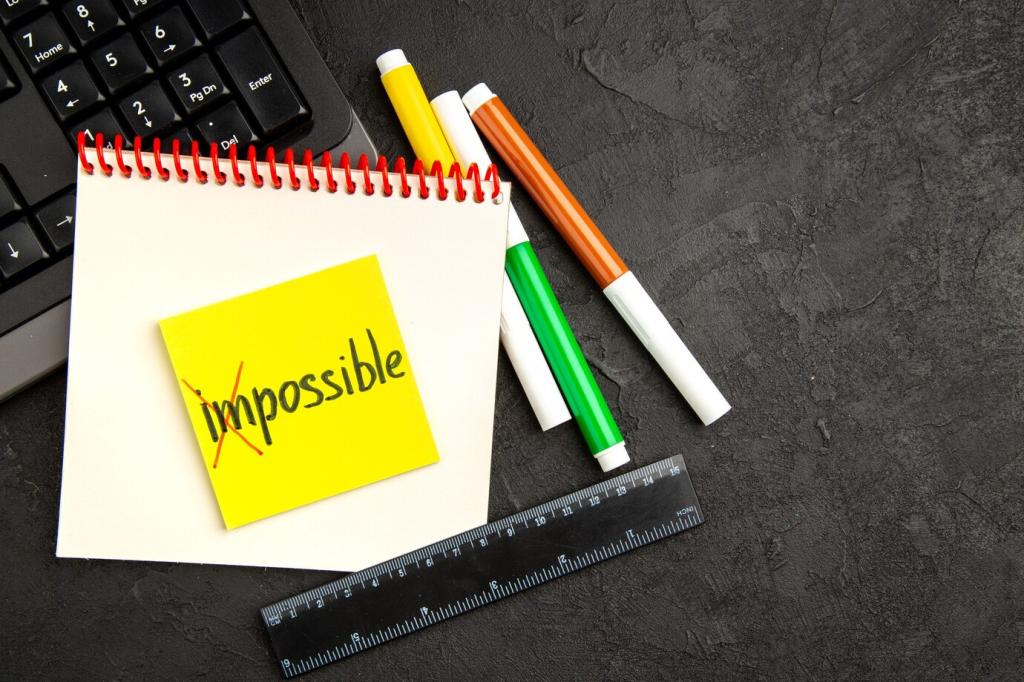Ride Smarter: Understanding Mountain Biking Safety Signals
Chosen theme: Understanding Mountain Biking Safety Signals. Clear, friendly communication keeps rides fast, fun, and safe. Today we dive into the signals, calls, and habits that turn a scattered group into a smooth, confident crew. Join us, share your go‑to signals, and help new riders learn the language of the trail.
The Language of the Trail: Core Hand Signals
A raised hand means stop, a palm patting your thigh signals slow, and a pointed finger marks hazards like roots, ruts, or wire. One crisp gesture, delivered early, prevents pileups and gives every rider time to react calmly.
The Language of the Trail: Core Hand Signals
Use a clear voice: “Rider up!” for oncoming traffic, “Rider back!” for someone approaching from behind, and “On your left!” when overtaking. Pair calls with space and patience, and invite others to adopt the same respectful rhythm.


Assign a leader who sets pace and signals early, and a sweep who ensures no one is left behind. The sweep’s thumbs‑up at junctions confirms all clear. Share these roles weekly and tell us how it changed your group dynamic.

Shared Trails: Communicating with Hikers, Runners, and Horses
A gentle bell ring at a distance, followed by a cheerful hello, sets a cooperative tone. Slow down, make eye contact, and thank others for sharing space. Your kindness becomes the story they tell about mountain bikers later.
Shared Trails: Communicating with Hikers, Runners, and Horses
Dismount early on tight trail, step to the downhill side, and point where others can pass safely. A quick “All clear!” reassures them. Share your best yield moment in the comments and inspire riders to model that behavior.
Shared Trails: Communicating with Hikers, Runners, and Horses
Stop, speak calmly, and ask the rider how to proceed. Keep brakes smooth and avoid sudden movements. If needed, remove your helmet and show your face so the horse recognizes a human, not a silent, shiny creature on wheels.
Carry a whistle: one blast for attention, two for regroup, three for emergency. If voice carries poorly, this cuts through wind and distance. Practice during drills so the meaning becomes automatic when adrenaline spikes.
Emergency and High‑Risk Signals
Night and Low‑Visibility Communication
Light Signals and Reflective Cues
Two quick light flashes can mean stop; one long, slow flash can mean safe to roll. Reflective tape on gloves amplifies hand signals. Agree on codes before the ride, then stick to them like a pilot follows checklists.




Teaching Kids and New Riders
Pair gestures with stories: patting your thigh to slow is “petting the trail dog,” a stop hand is a superhero shield. Kids remember playful metaphors, and those images help adults recall cues under pressure too.
Create follow‑the‑leader laps where riders copy signals, then swap leaders every minute. Award points for early, clear gestures. Share your favorite game in the comments and help families turn safety into friendly fun.
New riders thrive when praised for correct signals, not just speed. Celebrate the first perfect hazard point or textbook yield. Encourage subscribers to tag us with their progress videos so we can cheer the learning journey.

